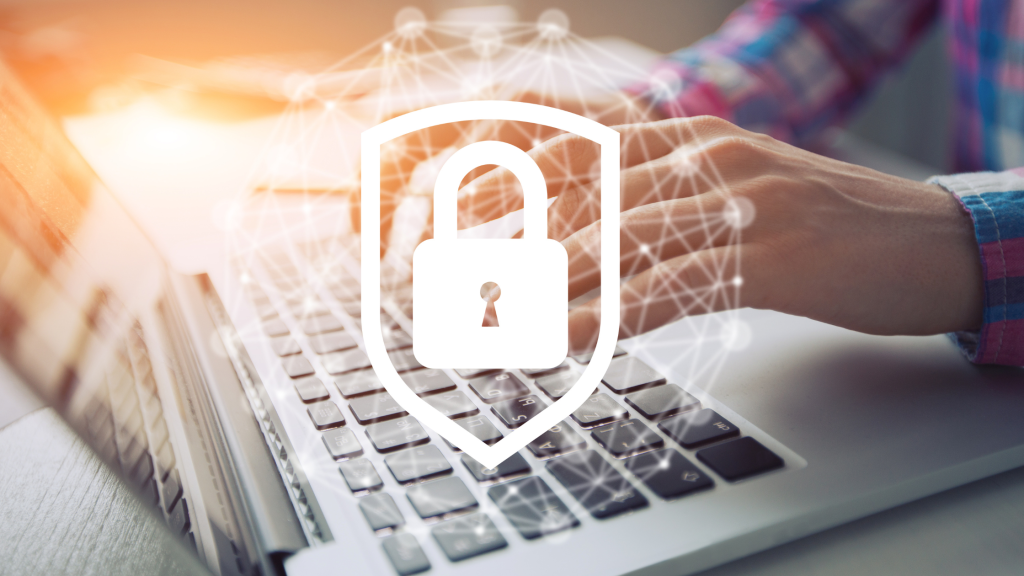E-Commerce Security: Protecting Your Northern Virginia Online Store
In the bustling e-commerce market of Northern Virginia, security is paramount. With the rise of online transactions comes the increased risk of cyber threats. Protecting your online store not only safeguards your business but also builds customer trust and loyalty. This 1000-word guide outlines crucial strategies for enhancing the security of your e-commerce store in Northern Virginia.
1. Understanding the Importance of E-Commerce Security
Recognize that e-commerce security is critical to protecting your business assets, customer data, and reputation. A breach can lead to financial loss, legal consequences, and diminished customer trust.
2. Implementing SSL Certificates
Start by securing your website with SSL certificates. This encrypts data transmitted between your website and your customers, ensuring sensitive information like credit card details and personal data is protected.
3. Choosing a Secure E-Commerce Platform
Select an e-commerce platform known for its robust security features. Platforms like Shopify, WooCommerce, or Magento offer security measures tailored to e-commerce needs and are continuously updated to address new threats.
4. Regularly Updating and Patching Systems
Regularly update and patch your e-commerce platform, plugins, and third-party services. Updates often contain security enhancements and vulnerability patches that protect against the latest cyber threats.
5. Ensuring Secure Payment Gateways
Use secure, reputable payment gateways for transactions. Gateways like PayPal, Stripe, or Square are known for their strong security measures and can reduce the risk of transactional fraud.
6. Protecting Against SQL Injection Attacks
Secure your website from SQL injection attacks. These attacks can compromise your database and expose sensitive information. Use parameterized queries and regularly review your site’s code to prevent such vulnerabilities.
7. Implementing Strong Access Controls
Implement strong access controls for your e-commerce backend. Use complex passwords, enable two-factor authentication, and restrict access based on user roles to minimize the risk of unauthorized access.
8. Educating Employees on Security Best Practices
Educate your team on cybersecurity best practices. Regular training sessions on recognizing phishing attempts, managing passwords, and securing personal devices can significantly reduce the risk of internal security breaches.
9. Regularly Backing Up Data
Regularly back up your website data. In the event of a cyberattack or system failure, having up-to-date backups ensures you can quickly restore your site with minimal disruption.
10. Monitoring and Responding to Security Breaches
Implement monitoring systems to detect unusual activity or potential security breaches. Have a response plan in place to quickly address and mitigate any breaches that occur, minimizing damage and restoring operations swiftly.
11. Securing Customer Data
Adopt data protection measures to secure customer information. This includes encrypting data, ensuring secure data storage, and complying with data protection regulations like GDPR or CCPA, demonstrating your commitment to customer privacy.
12. Addressing Cross-Site Scripting (XSS) Vulnerabilities
Protect your site from XSS attacks, where attackers inject malicious scripts into your pages. Implement content security policies and regularly review and sanitize your site’s input fields and data submissions.
13. Using Web Application Firewalls (WAF)
Deploy a Web Application Firewall (WAF) to protect your site from various attacks by filtering, monitoring, and blocking harmful traffic or data transfers before they reach your server.
14. Conducting Regular Security Audits
Conduct regular security audits to identify and address vulnerabilities. Consider hiring external cybersecurity experts to thoroughly assess your e-commerce site’s security measures and recommend improvements.
15. Implementing DoS Protection Measures
Protect your site from Distributed Denial of Service (DDoS) attacks, which can overwhelm your site with traffic and take it offline. Use DDoS protection services to detect and mitigate such attacks promptly.
16. Enforcing Secure File Uploads
If your site allows file uploads, ensure the process is secure. Restrict file types, implement file size limits, and scan uploads for malware to prevent attackers from exploiting this feature to distribute harmful content.
17. Offering Secure Checkout Experiences
Ensure your checkout process is secure and user-friendly. Display security badges, use HTTPS for all transaction pages, and provide clear instructions to guide customers through a secure checkout process.
18. Monitoring for Fraudulent Activity
Implement systems to detect and prevent fraudulent activities. Use fraud detection tools that analyze transaction patterns and flag suspicious activity, helping you respond quickly to potential threats.
19. Fostering a Culture of Security Awareness
Create a culture of security awareness in your organization. Encourage open communication about security concerns, promote ongoing education, and foster an environment where security is a shared responsibility.
20. Staying Informed About Cybersecurity Trends
Stay informed about the latest cybersecurity threats and trends. Understanding the evolving landscape can help you anticipate potential risks and adapt your security measures accordingly.
Conclusion
In Northern Virginia’s competitive e-commerce market, securing your online store is crucial for maintaining customer trust and ensuring business continuity. By implementing robust security measures, staying vigilant against emerging threats, and fostering a culture of cybersecurity awareness, you can protect your business and provide a safe, reliable shopping experience for your customers.

